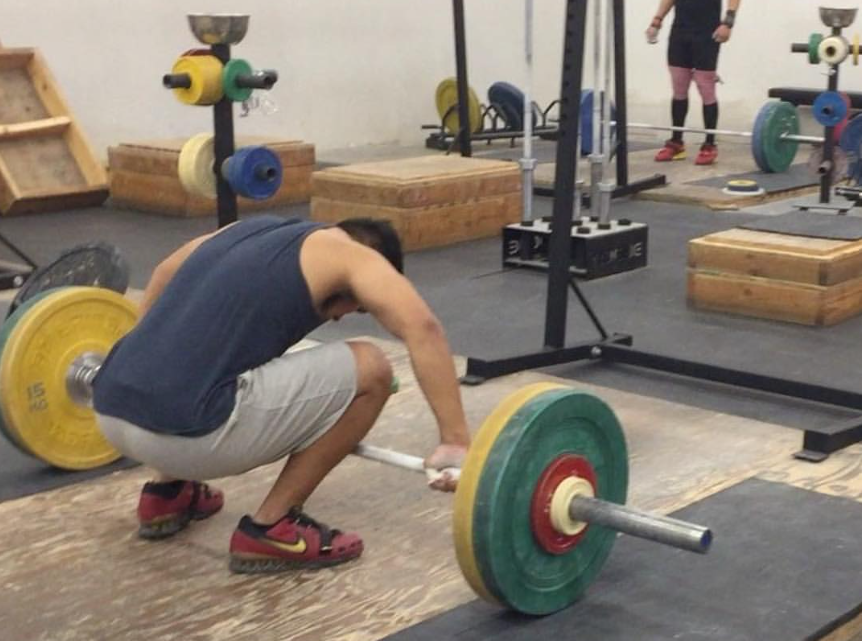Weightlifting
Welcome and thanks for visiting...

Weightlifting: Improve Your Anaerobic Endurance

Introduction to Anaerobic Endurance in Weightlifting
In an ideal world, we expect a talented weightlifting prospect to start his/her career by performing approximately 7,000 reps in the 60-100% range during the first year. Should this individual fulfill his/her potential and reach the international elite level, the training volume at that point should be approximately 25,000 reps per year. This obviously means that in order for a lifter to advance to elite level, many more repetitions must be performed in a day, a macrocycle, or a year.
Increasing Training Volume and Intensity
This obviously means more reps at higher intensities must be performed per day. This means that the ability of the athlete’s body to recover from each set and rep must be improved significantly.
The Role of Muscle Recovery in Performance
When the athlete performs a set of a snatch, clean, jerk, power snatch, power clean, power jerk, pull or squat, the success of the set depends on the fatigability of the weakest muscle in the chain. That muscle will be working closest to its maximum capacity. The success of the succeeding set will be dependent upon the ability of that weakest muscle to recover as close as possible to its maximum contractile ability.
Optimizing Rest Periods for Better Results
The longer the rest period between sets the more the muscles can recover, but the less stress that is placed recovery capacity of the muscles. By shortening the recovery time between sets, the more the muscles are required to recover faster and the more effective repetitions can be performed in a session or a day.

Practical Example of Recovery and Performance Improvement
As an example, let’s say that you are planning on performing 3 sets of 3 reps at 85% of maximum. The first set can be performed well within your capacity. The first two reps of the second set might be lifted with minimal difficulty but the third one may prove to be challenging. The third set might have a challenging first rep but the second and third may be doubtful. The rest between sets might be 90 to 120 seconds.
A few months later, the same weight might be performed well within capacity for all 9 reps with the same 90-120 second recovery range. The recovery ability has improved, and the training is therefore more effective. The body is capable of lifting more weight for more effective rates of time. More quality training can take place in less time.
Key Takeaways for Effective Training
So, the advice to be taken away from this is to perform your sets even though you may not be fully recovered. They will be trying and demanding, but you will be developing the conditioning that will enable you to manage heavier loads and volumes that will lead to heavier weights being lifted and more competitive success. Do not wait until you are fully recovered before commencing the next set. Do not dawdle between reps adjusting your grip. Training is meant to be demanding, and lifting while under recovery is part of that demand.
The Importance of Mental Toughness in Weightlifting
Great lifters are tough people. If you are to fulfill your potential as a weightlifter, you’ve got to be tough. Lift while you’re fatigued. Lift while you’re in the pain of exhaustion. Lift like the great ones!








